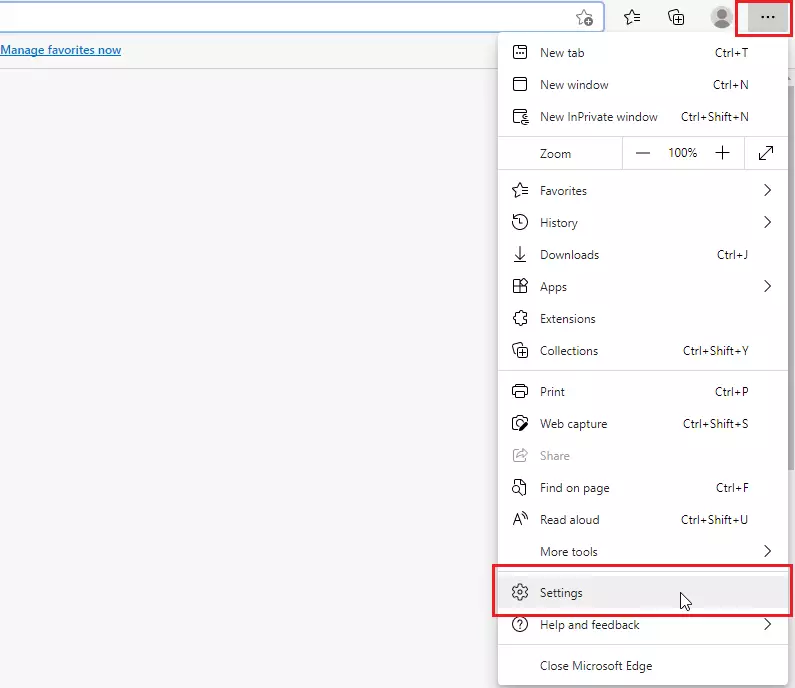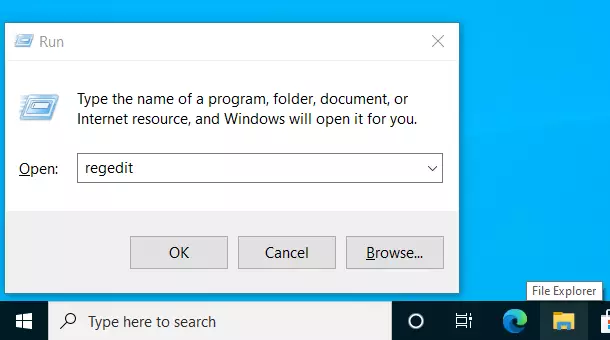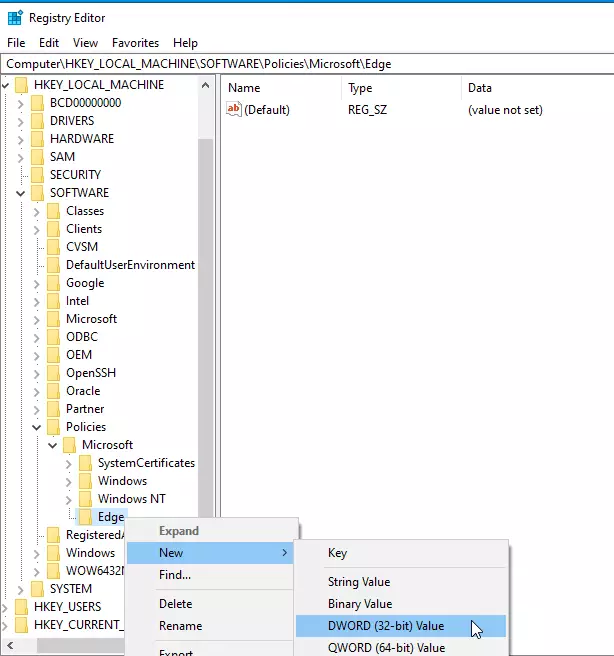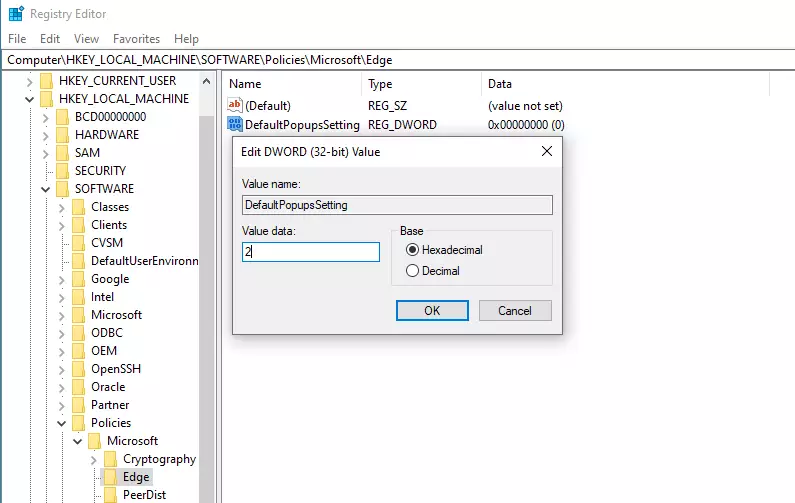This brief tutorial shows students and new users how to block all popups and redirects in Microsoft Edge Browser when using Windows 10.
The new Microsoft Edge browser has adopted the Chromium open-source project code base, offering better web compatibility and performance over the legacy Edge.
Microsoft Edge browser is cross-platform and supports all Windows, macOS, and Linux systems. If you’re using Edge and want to learn how to block popups and redirects, the steps below should show you how.
By default, Microsoft Edge automatically blocks popups and redirects. Popups are sometimes annoying, especially from websites that want you to subscribe to useless information.
These popups are blocked most of the time. However, if you’re still receiving popups from websites online, check these settings to ensure they’re blocked.
To get started with blocking popups and redirects in Edge, follow the steps below:
Block Popups in Edge
By default, Microsoft Edge blocks all popups online. You can keep this default setting or turn it off.
To block all popups from websites online, open the new Microsoft Edge, go to Settings, and more > Settings.

When the Settings page opens, go to Cookies and Site permissions and scroll down to Popups and redirects. Click on Popups, redirects, and move the block to enable – Block (recommended).

Or you can simply type the URL below in Edge browser to go directly to the popups and redirect settings.
edge://settings/content/popups
Block popups via registry
You can also disable saving addresses in Edge from the Windows registry.
You can also turn off this feature via the Windows registry if logged in as an administrator. To do that, use the steps below:
Using the Windows registry is one way to force all users on the system to block all popups and redirects from websites online. There are multiple ways to do this in Windows; however, using the Windows registry is the easiest and most effective way.
To enable, press the Windows Key + R on your keyboard to open the run command box. Or use the search function to search for the Run app.

In the command box, type the commands below and press Enter.
regedit
When the Windows registry opens, navigate to the path below. If you don’t see the Edge key, create one.
HKEY_LOCAL_MACHINE\SOFTWARE\Policies\Microsoft\Edge
From there, right-click the Edge key and select the New > DWORD (32-bit) Value option to create a REG_DWORD value if you don’t see the existing DefaultPopupsSetting value already created.
If you don’t see the Edge key or folder, create one.

Name the new DWORD value as:
DefaultPopupsSetting
After saving the DWORD above, double-click it to open. Then, enter the value 1 to allow popups or 2 to block all popups from websites.

1 = Allow all sites to show popups
2 = Do not allow any site to show popups
That should do it.
Conclusion:
- Blocking popups and redirects in Microsoft Edge enhances your browsing experience by minimizing distractions.
- The default settings effectively manage most popups; however, checking your settings regularly ensures optimal performance.
- For advanced users, adjusting settings through the Windows Registry provides a more robust solution for managing popups across all users.
- Updating your browser helps maintain security and compatibility with the latest web standards.
- Always verify individual website settings if you encounter persistent popups after enabling the block feature.

Leave a Reply